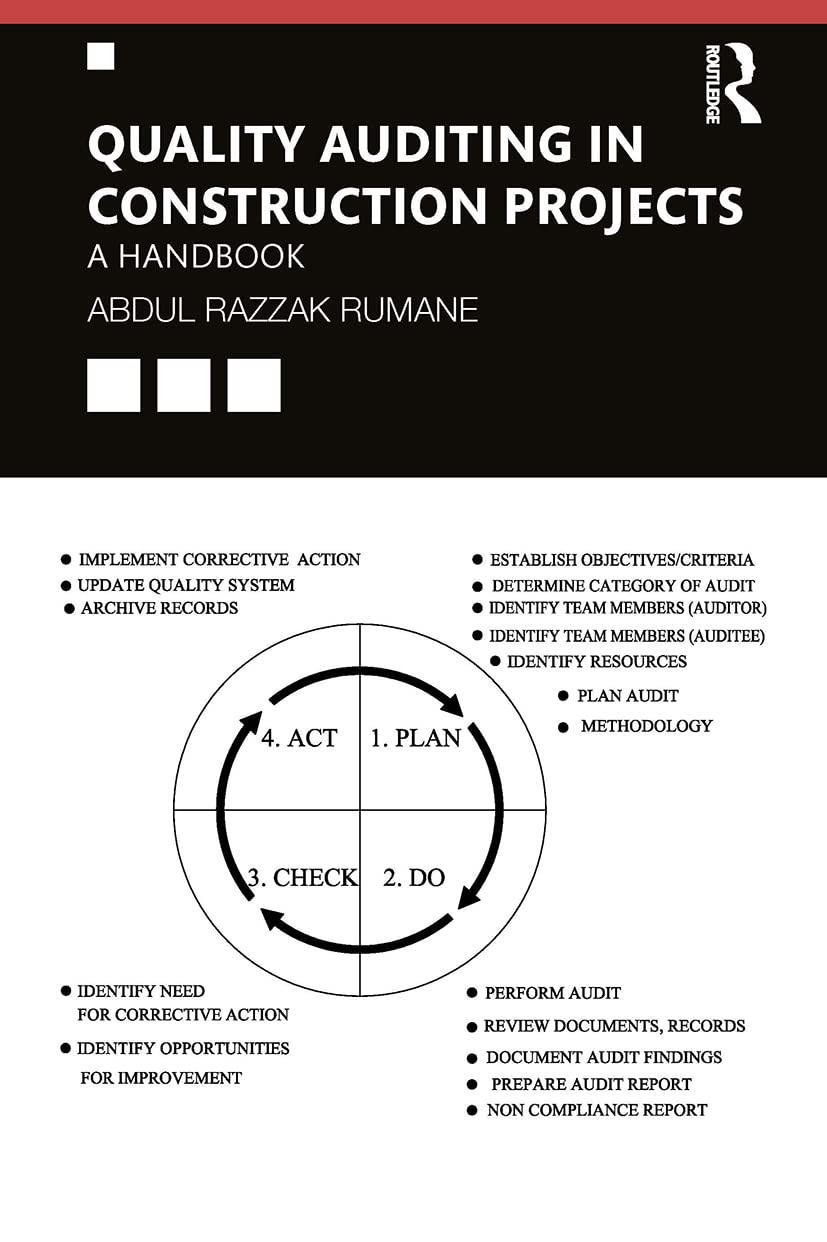Question
Majestic Ocean Kayaking, of Ucluelet, British Columbia, is owned and operated by Tracy Morben-Eeftink. The company offers a number of guided kayaking excursions ranging from
Majestic Ocean Kayaking, of Ucluelet, British Columbia, is owned and operated by Tracy Morben-Eeftink. The company offers a number of guided kayaking excursions ranging from three-hour tours of the Ucluelet harbor to six-day kayaking and camping trips in Clayoquot Sound. The company is currently using a step-variable cost approach for paying guides but wants to consider the impact of other approaches. For example, a trip with 12 guestes must have at least three certified guides. Guides are not salaried and are paid on a per day basis. therefore, the cost to the company of the guides for a trip is step variable cost rather than a fixed cost or a stricy variable cost. one gide is needed for 1 to 5 guestes, two guides for 6 to 10 guests, three guides for 11 to 15 guests, and so on.
It is often necessary to predict how a certain cost will behave in response to a change in activity (Garrison, 2015). For planning purposes, a manager must be able to anticipate which of these will happen; and if a cost can be expected to change, the manager must be able to estimate how much it will change. To help make such distinctions, costs are often categorized as variable, fixed, or mixed. The relative proportion of each type of cost in an organization is known as its cost structure. For example, an organization might have many fixed costs but few variable or mixed costs. Alternatively, it might have many variable costs but few fixed or mixed costs.
According to Garrison (2014), management accountants ordinarily assume that costs are strictly linear; that is, the relation between cost on the one hand and activity on the other can be represented by a straight line. Economists point out that many costs are actually curvilinear; that is, the relation between cost and activity is a curve. Nevertheless, even if a cost is not strictly linear, it can be approximated within a narrow band of activity known as the relevant range by a straight line. The relevant range is the range of activity within which the assumption that cost behavior is strictly linear is reasonably valid. Outside of the relevant range, a fixed cost may no longer be strictly fixed or a variable cost may not be strictly variable. Managers should always keep in mind that assumptions made about cost behavior may be invalid if activity falls outside of the relevant range. It is important to note that the concept of the relevant range is important in understanding fixed costs. Garrison (2014) also mentions that this step-oriented cost behavior pattern can also be used to describe other costs, such as some labor costs. For example, in healthcare, when a nursing unit has a low patient census, management doesnt automatically layoff nurses when the number of admitted patients is below the low end of the range. Conversely, management doesnt look to hire additional nurses with the patient census exceed the high end of the range. So, as long as the census remains within a relevant range, personnel levels are maintains at a constant level; however, if the low census falls outside the range, management will need to consider their options: 1) layoffs or redistribute labor to other areas of the organization when the volume is below the low end of the range OR hire additional labor when the volume exceeds the high end of the range. There are organizations that use cost behavior as a model for staff compensation, which is being highlighted in this mini-case. Understanding costs and their behaviors is a fundamental building block for managerial accounting and finance.
(Initial Posting) Business is booming for the Majestic Ocean Kayaking company as more American are deciding to vacation at home instead of abroad. This means that more guides are needed to handle the increased volume. As a member of the senior leadership team for Majestic Ocean Kayaking, you, along with other management officials, are concerned that the current step-variable approach used to pay the guides might not be the most cost effective, which was voiced at a recent budget meeting. The CEO has tasked the senior management team to prepare a position paper that analyzes the current method of paying the guides to other methods just as fixed cost or strictly variable. To complete this analysis, you will need to collect relevant data, describe the problem, solutions, and overall impact on the bottom line. You will need to include some discussion on the various approaches that can be used and the pros and cons of each one.
Step by Step Solution
There are 3 Steps involved in it
Step: 1

Get Instant Access to Expert-Tailored Solutions
See step-by-step solutions with expert insights and AI powered tools for academic success
Step: 2

Step: 3

Ace Your Homework with AI
Get the answers you need in no time with our AI-driven, step-by-step assistance
Get Started


